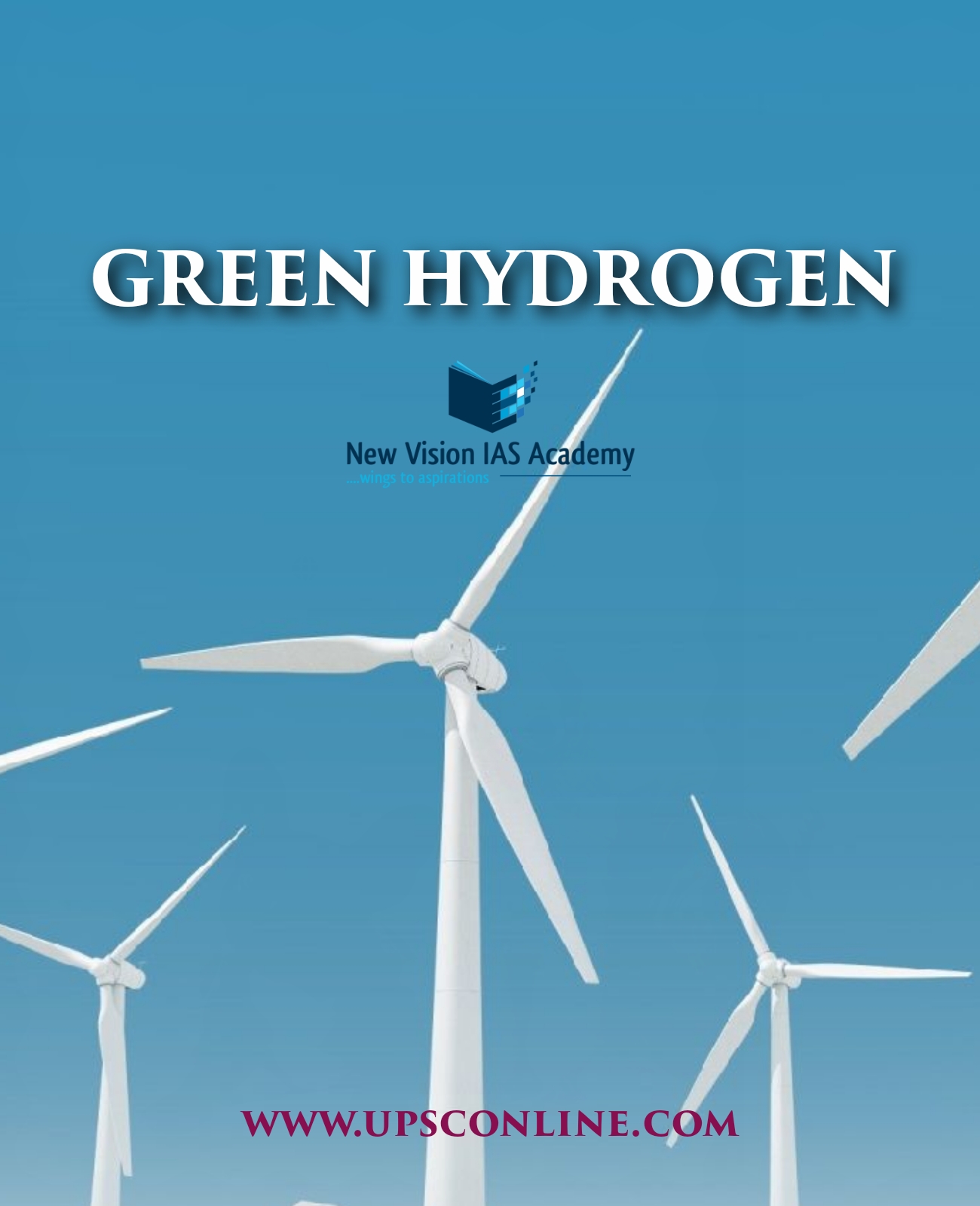“Green” hydrogen is a zero-carbon fuel made by electrolysis, using renewable power from wind and solar to split water into hydrogen and oxygen.
It is increasingly gaining popularity as a way to de-carbonise emissions-intensive heavy industry & transport sectors, but currently costs of production are too high to be competitive with other fuels.
There are three main types of solar-driven hydrogen production systems: particulate photocatalysis, photovoltaic-assisted electrolysis (PV-E), and photo-electrochemical cells (PEC), where the particulate photocatalysis is predicted to be more cost-effective than the other two systems.
Unfortunately, the solar to hydrogen conversion efficiency in particulate photocatalysis remains low though many strategies.
Public support for R&D programme on hydrogen was triggered by the oil crisis in the 1970s, with leading efforts from the United States and Europe.
Platforms for international collaboration were established, such as the International Journal of Hydrogen Energy (1976).
Fuel cells use the same principles as an electrolyser, but in the opposite direction, for converting hydrogen and oxygen into water in a process that produces electricity. Fuel cells can be used for stationary applications (e.g. centralised power generation) or distributed applications (e.g. fuel cell electric vehicles). Fuel cells can also convert other reactants, such as hydrocarbons, ethers or alcohols.
The major cost driver for green hydrogen is the cost of electricity. The price of electricity procured from solar PV and onshore wind plants has decreased substantially in the last decade
Many of the components in the hydrogen value chain have already been deployed on a small scale and are ready for commercialization , now requiring investment to scale up.
As the share of variables of renewable energy rapidly increases in various markets around the world, the power system will need more flexibility.
Green hydrogen can be stored for long periods.
Green hydrogen can, improve industrial competitiveness, not only for the countries that establish technology leadership in its deployment, but also by providing an opportunity for existing industries to have a role in a low-carbon future.
The Hydrogen Council is an example of a private initiative. Launched in 2017, it has 92 member companies (by October 2020). The Hydrogen Initiative under the Clean Energy Ministerial is an example of a public initiative, where nine countries and the European Union are collaborating to advance hydrogen. The Fuel Cell and Hydrogen Joint Undertaking is an example of private-public partnership in the European Union.
The role given to green hydrogen in existing regional and global energy transition scenarios differs greatly due to a number of factors. . The more ambitious the GHG reduction target, the greater is the amount of green hydrogen expected in the system.
Not all scenarios rely on the same set of enabling policies. The removal of fossil fuel subsidies, for example, would increase the space for carbon-free solutions.
Green hydrogen incurs significant energy losses at each stage of the value chain. About 30-35% of the energy used to produce hydrogen through electrolysis is lost .
In addition, the conversion of hydrogen to other carriers (such as ammonia) can result in 13-25% energy loss, and transporting hydrogen requires additional energy inputs, which are typically equivalent to 10-12% of the energy of the hydrogen itself (BNEF, 2020; Staffell et al., 2018; Ikäheimo et al., 2017).
Using hydrogen in fuel cells can lead to an additional 40–50% energy loss. The total energy loss will depend on the final use of hydrogen.
There is no green hydrogen market, no green steel, no green shipping fuel and basically no valuation of the lower GHG emissions that green hydrogen can deliver
Hydrogen is not even counted in official energy statistics of total final energy consumption, and there are no internationally recognised ways of differentiating green from grey hydrogen
Using only electricity from a renewable energy plant ensures that the hydrogen is “green” in any given moment.
The production cost of green hydrogen depends on the investment cost of the electrolysers, their capacity factor, which is a measure of how much the electrolyser is actually used, and the cost of electricity produced from renewable energy.
It is the most abundant element in the universe. It is lighter, energy dense & two three times more efficient than burning petrol
It will benefit transportation, as transportation,contributes ⅓ rd of the greenhouse- gas emission of India
India’s electricity is highly coal dependent . Hydrogen will replace the fossil fuels, address the pollution and oil price rise
Grey Hydrogen , constitutes India’s bulk production. Extracted from hydrocarbons(Fossil Fuels & Natural Gas ) , the byproduct is CO2 .
Blue Hydrogen , sourced from fossil fuels . Emission , byproducts CO & CO2 are captured and stored so it is better than Grey Hydrogen
Green Hydrogen is generated from renewable energy sources like solar & wind . electricity splits water into Hydrogen & Oxygen . its emission will be , water & water vapour (along with heat)
Hydrogen powered vehicles scores better than traditional electric vehicles.
Fuel cell Electric Vehicles runs on Hydrogen & Oxygen . They are fully electric but can be refuel and not the rechargeable like battery powered electric vehicles
It can provide range like Tesla model S, about 400 miles per recharge
It is lighter than heavy lithium batteries . Better for long haul truck & commercial vehicle .
It refuels very quickly.
It is highly combustible and is stored under very high pressure .
Hydrogen fuel cell vehicles are produced by only three manufacturers , Honda , Toyota & Hyundai .
Supplying hydrogen as an industrial feedstock is a major industry now. Hydrogen, used in ammonia fertiliser production, has helped feed a growing global population.
Many imported key chemicals like methanol and ammonia can be locally produced utilising green hydrogen.
To become a global hub for green hydrogen, India should identify high-demand sectors like green ammonia, oil-refining, and heavy-duty transport where initial demand can be catalysed via public incentives.



Very nice information. very nicely compiled article
Thank you so much Ayush
Very good article. it is good for UPSC and other competitive exams
Thank you so much Sujal.